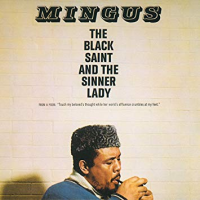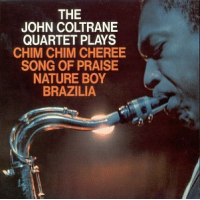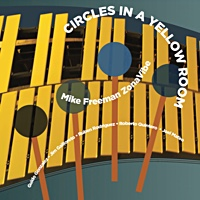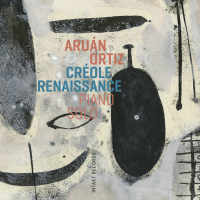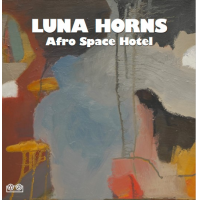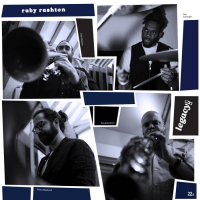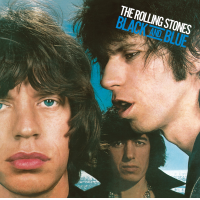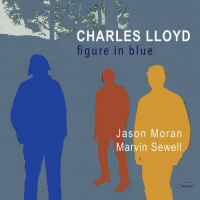Home » Jazz Articles » Album Review » Charles Mingus: The Black Saint and the Sinner Lady
Charles Mingus: The Black Saint and the Sinner Lady
The Black Saint and the Sinner Lady is a six-part suite (four CD tracks) recorded in 1963. Impulse has given it the 20-bit treatment; few recordings have been more deserving. This suite is a feast of virtuoso performances, shifting moods and textures, and detailed background work by Mingus' eleven-piece band. Jerome Richardson is heard to great effect on baritone sax near the beginning of the work; he contributes some beautifully supportive flute (with Dick Hafer) and soprano elsewhere. Quentin Jackson's trombone work is arresting, and the other hornmen (Rolf Ericson and Richard Williams on trumpets, Don Butterfield on tuba, Hafer on tenor sax as well as flute) are excellent. But the pervasive voice of the entire piece is Charlie Mariano on alto saxophone. Mariano's playing is wrenchingly emotional and evocative, conveying pathos, fervor, and undying conviction. But as wonderful as Mariano's work is here, this is very much a group effort. Especially in the last three sections (CD track four) of the piece, this is music of group interaction. Solo voices emerge from the welter and are drawn back into it. Occasionally the ferocity of each voice clamoring with the others reaches such a furious intensity that it would take just one more step for it to reach the world of the medium-sized group free jazz that would be recorded not long after this album: Albert Ayler's New York Eye and Ear Control, Coltrane's Ascension, etc. Then in an instant the ensemble stops on a dime with a unison statement executed with high-energy precision. It is an extraordinary thing to hear.
The rest of the ensemble includes Mingus on bass and, briefly, piano; Jaki Byard on piano; Jay Berliner with a marvelous flamenco guitar bit; and the incomparable Dannie Richmond on drums. This is a masterwork that should be part of any jazz collection, except perhaps of those listeners who prefer that music not challenge, inspire, and move them.
Personnel
Charles Mingus
bass, acousticAlbum information
Title: The Black Saint and the Sinner Lady | Year Released: 1997 | Record Label: Impulse!
Tags
PREVIOUS / NEXT
Support All About Jazz
 All About Jazz has been a pillar of jazz since 1995, championing it as an art form and, more importantly, supporting the musicians who make it. Our enduring commitment has made "AAJ" one of the most culturally important websites of its kind, read by hundreds of thousands of fans, musicians and industry figures every month.
All About Jazz has been a pillar of jazz since 1995, championing it as an art form and, more importantly, supporting the musicians who make it. Our enduring commitment has made "AAJ" one of the most culturally important websites of its kind, read by hundreds of thousands of fans, musicians and industry figures every month.


